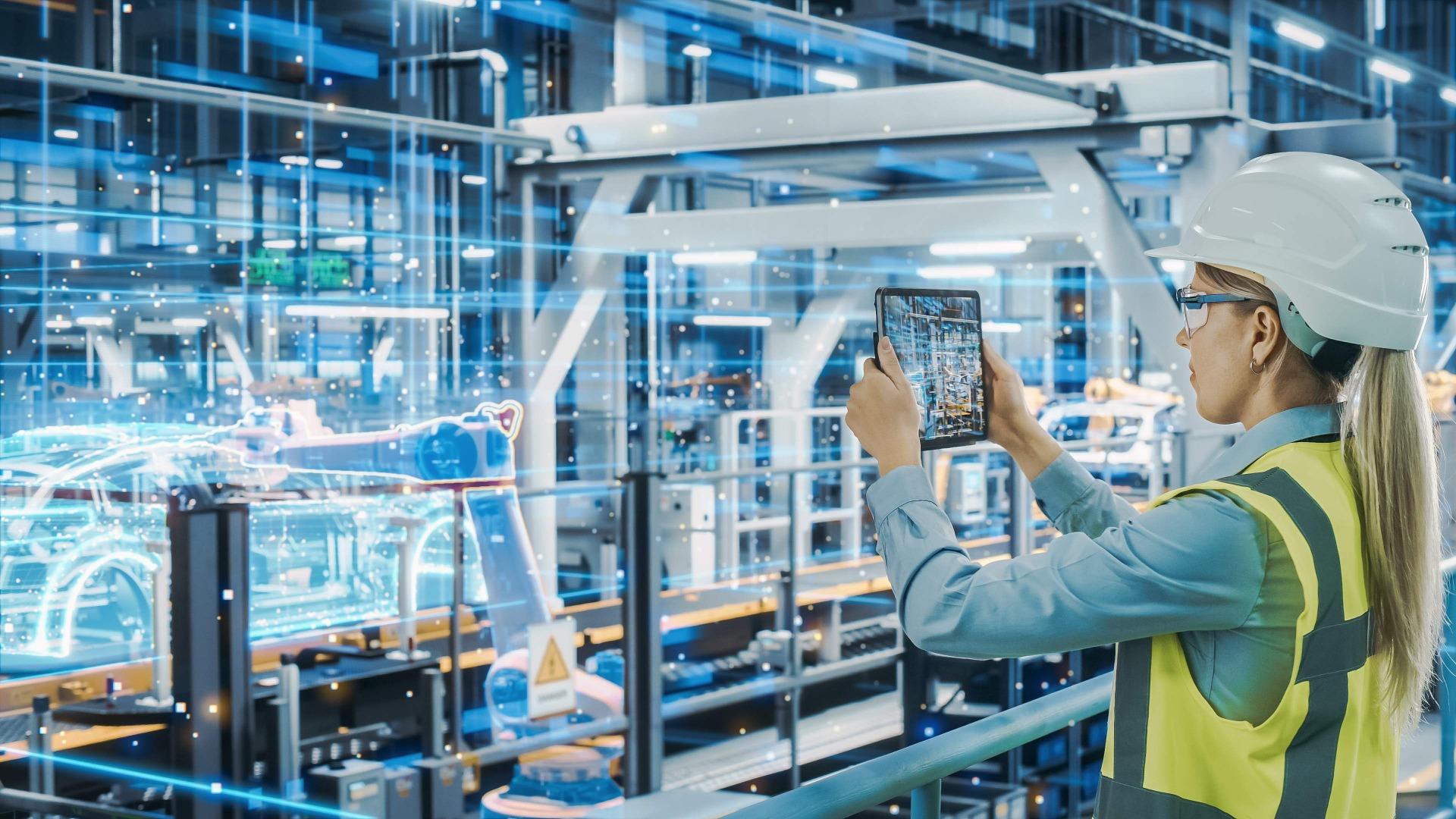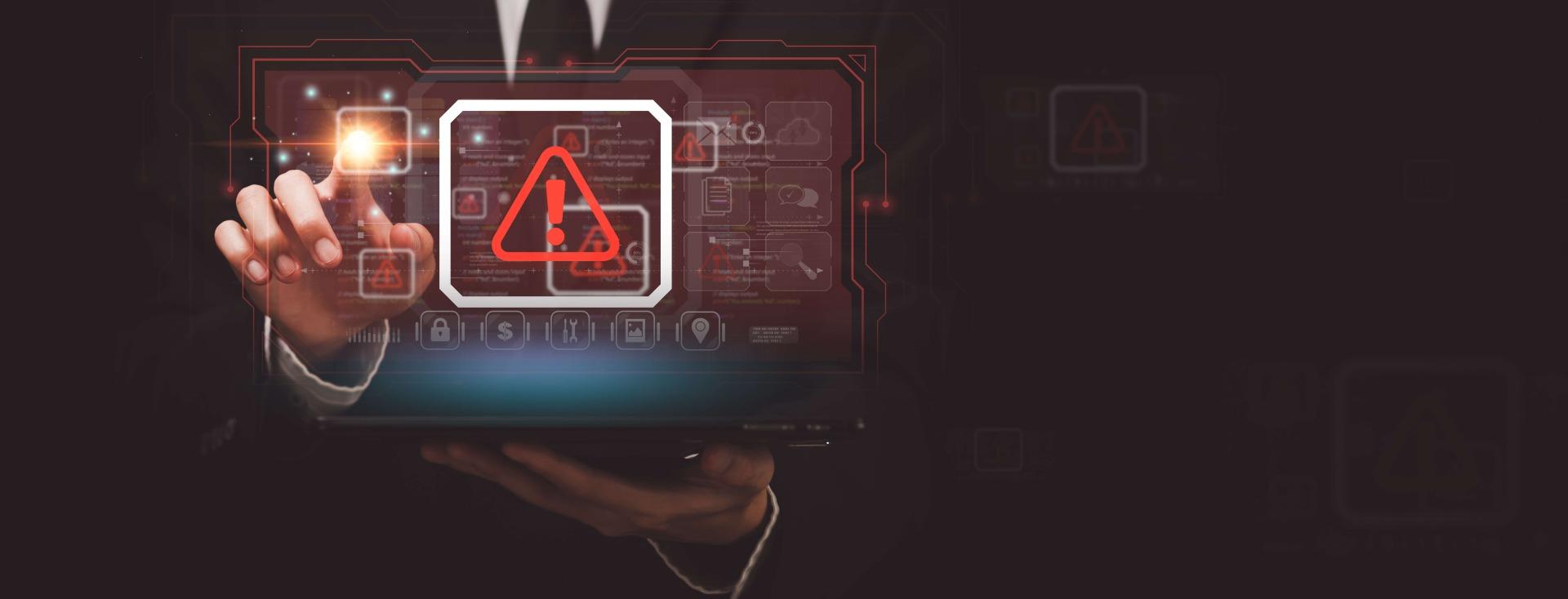Yorbl – Technology Enabled Living
Development of an application that aggregates data from client’s devices, with access to a customizable analytical panel.


Yorbl Technologies focuses on pioneering technology-driven care and "SMART Living" solutions aimed at enhancing well-being, autonomy, and overall health among the elderly in senior living communities.
Client:
Yorbl
Industry:
Healthcare
Country:
UK
Service:
Software Development
Team:
Backend developers, frontend developer, tester, designer/UI, DevOps, Business Analyst & Product Owner
Challenge
The main aim was to create an application for Yorbl that aggregates data from their devices, enabling caregivers, family, doctors, and other professionals to access clear charts and stats. This included data from sensors (e.g., temperature, humidity) and user-input data (health status and help needs) with role–based access control.
The app allowed device management, user management, and operated on both desktop and mobile. Yorbl already had devices and data collection services in place. The client was receptive to suggestions, making collaboration enjoyable. The interface was designed for user-friendliness in a consumer market, catering to concerned friends and family.



Solution
The Euvic team successfully addressed the challenge of developing a customizable analytical panel for caregivers, family members, doctors, and professionals. This application imported data from various devices and presented it graphically using customizable charts.
User access was controlled through detailed roles defined by administrators. The app also featured bulk import capabilities for devices and users, along with comprehensive management views for handling personal data, role assignments, and guardian assignments.
I have been delighted with the work we have done with Euvic, they understand our vision and are truly invested in what we are trying to achieve. The team have been a core part of the process and bring their own thoughts and insights into our ideation sessions. We have so much planned for the future, and I see Euvic being heavily involved in this, as the data side is such an incredibly important part of our solution. We are already planning and looking forward to the next tranche of development work.

Grant Tiller
Chief Technology Officer at Yorbl
Impact
The implemented solution was specifically crafted to simplify the process of data interpretation for caregivers, enabling them to detect emerging health trends and early indicators of health deterioration more effectively.
What’s more, Euvic developed an easy-to-use interface that can seamlessly cater to Yorbl’s consumer market, allowing concerned friends or relatives to access it, rather than relying on healthcare professionals.
Tools and Technologies
Microsoft Azure: Azure Active Directory B2C
.NET Core
EF Core
React
TypeScript
MaterialUI
Cypress
MQTT
Azure ServiceBus
Summary
- Access to high-quality and cost-effective development and infrastructure teams.
- Operational cost savings through the implementation of a CI/CD pipeline.
- Streamlined and efficient development processes.















